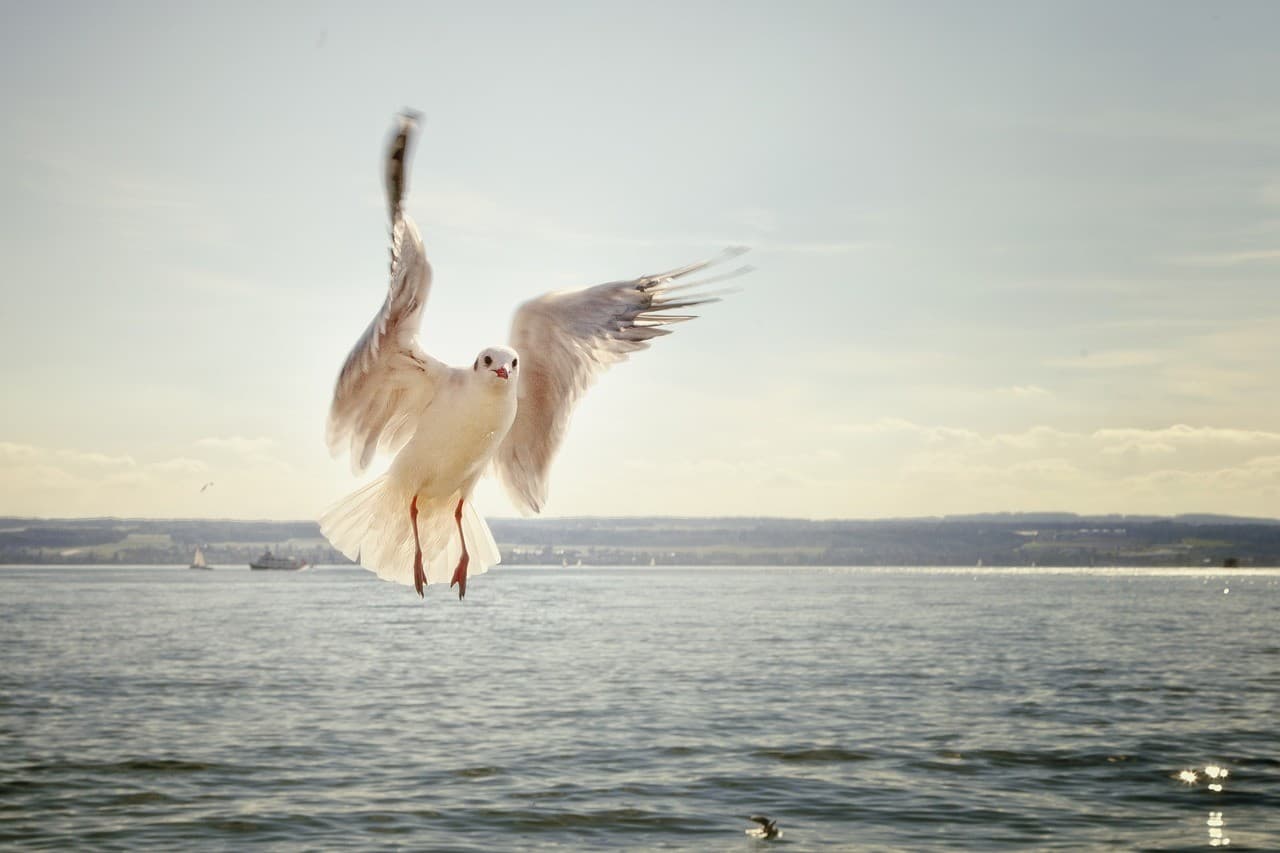Bezpieczny czas nad wodą: Jak chronić dziecko przed zagrożeniami?

Zasada 1: Nadzór dorosłych – nigdy nie zostawiaj dziecka samego!
Niezależnie od tego, czy dziecko bawi się w płytkiej wodzie, czy w kałuży, najważniejszą zasadą bezpieczeństwa jest stały nadzór dorosłych. Nawet chwila nieuwagi może skończyć się tragicznie. Woda, nawet ta niewielka, stanowi zagrożenie dla najmłodszych, którzy nie potrafią przewidzieć niebezpieczeństw.
Dzieci w różnym wieku potrzebują różnego poziomu nadzoru. Maluchy, które dopiero uczą się chodzić, muszą być obserwowane z bliska. Starsze dzieci, choć potrafią pływać, również wymagają stałej kontroli – najlepiej w bezpośredniej odległości. Zawsze warto pamiętać, że nigdy nie powinno się zostawiać dziecka samego, nawet na chwilę, nad wodą.
Zasada 2: Dziecko musi umieć pływać – ale tylko pod nadzorem
Choć umiejętność pływania to ważny krok w zapewnieniu bezpieczeństwa dziecku nad wodą, nie oznacza to, że dziecko może być całkowicie samodzielne. Nawet jeśli maluch potrafi pływać, zawsze powinien być pod stałym nadzorem dorosłych. Woda bywa nieprzewidywalna, a dziecko, które czuje się pewnie w wodzie, może w każdej chwili napotkać nieoczekiwane trudności.
Ważne jest, aby dziecko uczyło się pływać w odpowiednim wieku i pod okiem wykwalifikowanego instruktora. Warto również zadbać o odpowiedni sprzęt, jak kamizelki ratunkowe, kapoki czy koła, które zapewnią dodatkowe bezpieczeństwo, szczególnie w głębszej wodzie. Pamiętajmy, że pływanie to nie tylko umiejętność, ale i odpowiedzialność – nigdy nie zostawiajmy dziecka samego w wodzie, nawet jeśli potrafi pływać.
Zasada 3: Wybieraj bezpieczne miejsca do kąpieli
Wybierając miejsce do kąpieli, zawsze postaw na sprawdzone kąpieliska publiczne, które są odpowiednie dla dzieci – z płytką wodą i obecnością ratowników. Takie miejsca zapewniają nie tylko bezpieczeństwo, ale i kontrolę nad jakością wody.
Unikaj dzikich plaż, gdzie nie ma nadzoru ani zapewnionej pomocy w razie wypadku. Tego rodzaju miejsca mogą kryć nieprzewidywalne zagrożenia, takie jak silne prądy czy ukryte kamienie. Wybór odpowiedniego miejsca to kluczowy element zapewnienia bezpieczeństwa nad wodą.
Zasada 4: Zwracaj uwagę na pogodę i warunki wodne
Pogoda ma ogromny wpływ na bezpieczeństwo nad wodą, dlatego zawsze warto zwrócić uwagę na prognozy i bieżące warunki. Silny wiatr, fale czy burze mogą bardzo szybko zmienić spokojną wodę w niebezpieczne miejsce, szczególnie dla dzieci.
Zanim zdecydujesz się na kąpiel, sprawdź prognozę pogody. Unikaj wchodzenia do wody podczas burzy, silnego wiatru czy gdy przewidywane są gwałtowne zmiany pogody. Obserwuj również stan wody – w przypadku wzrostu fal czy silnych prądów, lepiej zrezygnować z kąpieli.
Jeśli pogoda nagle się pogorszy, natychmiast wyciągnij dziecko z wody i przenieś je w bezpieczne miejsce. Warto również pamiętać, że w przypadku gwałtownych zmian pogody, należy jak najszybciej udać się do schronienia i unikać pozostawania nad wodą.
Zasada 5: Używaj odpowiednich akcesoriów
Inwestowanie w odpowiedni sprzęt, taki jak kamizelki ratunkowe, pianki czy koła ratunkowe, to kluczowy sposób na zapewnienie bezpieczeństwa dziecku nad wodą. Nawet jeśli dziecko potrafi pływać, sprzęt ochronny może uratować życie, zwłaszcza w głębszej wodzie lub przy silnych prądach.
Dodatkowo, odpowiednie obuwie ochroni stopy przed ostrymi kamieniami, zmniejszając ryzyko kontuzji. Pamiętaj, że akcesoria zabezpieczające to niezbędny element każdej kąpieli, który znacząco podnosi poziom bezpieczeństwa.
Zasada 6: Nauka i edukacja na temat bezpieczeństwa
Nauka podstawowych zasad bezpieczeństwa jest kluczowa, aby dziecko mogło bawić się nad wodą w sposób odpowiedzialny. Należy nauczyć je, że nie wolno biegać przy brzegu, ponieważ łatwo o poślizgnięcie i upadek. Ważne jest również, by nigdy nie wchodziło do wody bez zgody dorosłych – nawet jeśli wydaje się, że woda jest spokojna.
Dziecko powinno także umieć rozpoznać niebezpieczne obiekty w wodzie, takie jak kamienie, wodorosty czy wiry, które mogą stanowić zagrożenie. Regularna edukacja na temat takich zasad sprawia, że dziecko staje się bardziej świadome zagrożeń i wie, jak się przed nimi chronić.
Zasada 7: Pierwsza pomoc i szybka reakcja w razie wypadku
Każdy rodzic powinien znać podstawowe zasady pierwszej pomocy, szczególnie w przypadku utonięcia, ponieważ szybka reakcja może uratować życie. W sytuacji kryzysowej najważniejsze jest natychmiastowe wyciągnięcie dziecka z wody i sprawdzenie, czy oddycha. Jeśli dziecko nie oddycha, należy rozpocząć resuscytację krążeniowo-oddechową (RKO) i niezwłocznie wezwać pomoc.
W przypadku utonięcia lub jakiegokolwiek wypadku nad wodą, natychmiast zadzwoń pod numer alarmowy 112 i przekaż informacje o lokalizacji oraz stanie dziecka. Pamiętaj, że im szybciej podejmiesz odpowiednie kroki, tym większe szanse na szybsze udzielenie pomocy. Znajomość podstawowych technik pierwszej pomocy i umiejętność szybkiej reakcji w nagłej sytuacji może uratować życie.
Podsumowanie
Aby zapewnić dziecku bezpieczeństwo nad wodą, rodzice powinni zawsze je nadzorować, nawet w płytkiej wodzie, i nie zostawiać samego. Dzieci, nawet jeśli potrafią pływać, muszą być pod stałą opieką dorosłych, a odpowiedni sprzęt, jak kamizelki ratunkowe, zwiększa bezpieczeństwo. Należy wybierać sprawdzone kąpieliska i unikać dzikich plaż, a także zwracać uwagę na zmieniające się warunki pogodowe. Edukacja dziecka w zakresie bezpieczeństwa, znajomość pierwszej pomocy i szybka reakcja w razie wypadku są kluczowe dla ochrony maluchów nad wodą.
Sprawdź także:
- Udar słoneczny u dziecka – objawy i szybka reakcja
- Pierwsza pomoc przy skaleczeniach i otarciach u dzieci – co powinien wiedzieć każdy rodzic?
- Mdłości w podróży u dzieci – praktyczny poradnik dla rodziców
- Niezbędnik rodzica: apteczka pierwszej pomocy na rodzinne wakacje
- Jak złagodzić opuchliznę po stłuczeniu – skuteczne domowe sposoby na szybkie zmniejszenie obrzęku
- Co zrobić, gdy dziecko ugryzie osa? Domowe sposoby na szybkie złagodzenie bólu i opuchlizny

